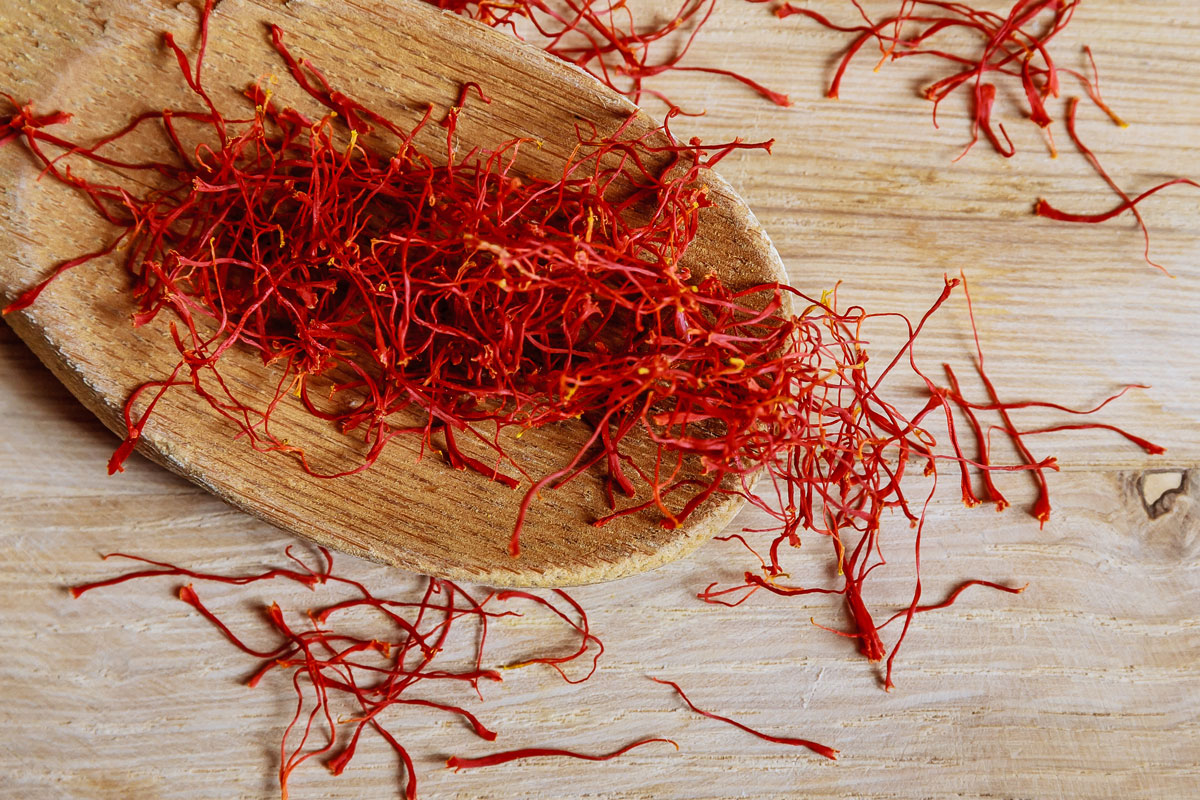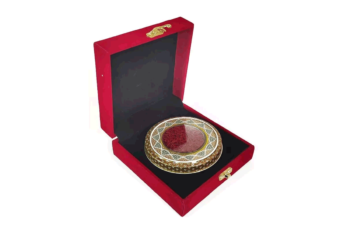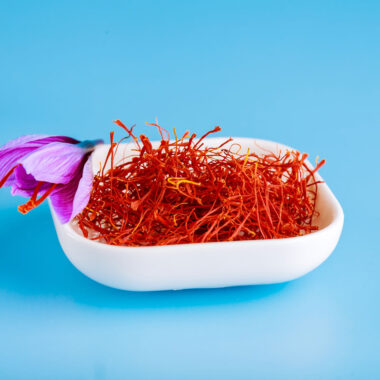Saffron, often referred to as “red gold,” is a prized spice known for its unique flavor, aroma, and potential health benefits. Derived from the stigmas of the Crocus sativus flower, saffron is commonly used in culinary dishes, traditional medicine, and even as a natural dye. However, like any substance, consuming saffron in excess can have adverse effects. Understanding the safe amount to consume is essential for enjoying its benefits without risks.
Recommended Safe Dosage of Saffron
Studies and traditional usage indicate that saffron is safe when consumed in small amounts. Typically:
- Culinary Uses: In cooking, a pinch (approximately 0.1 to 0.5 grams) of saffron is sufficient to flavor and color dishes. This amount is well within the safe consumption range.
- Medicinal Uses: For therapeutic purposes, doses of saffron extract between 30–50 milligrams per day are commonly used. These amounts are considered effective for addressing mild mood disorders, menstrual issues, and certain health conditions.
- Maximum Safe Limit: Daily saffron consumption should not exceed 1.5 grams. Regular intake of this high amount is unnecessary and may lead to adverse effects.
What Happens if You Exceed the Safe Limit?
While saffron is generally safe when consumed in moderation, excessive intake can result in side effects. Consuming more than 5 grams in a single day is considered potentially toxic. At doses above 10–20 grams, saffron may cause severe reactions, including nausea, vomiting, dizziness, and in extreme cases, even death.
Factors That Influence Safe Dosage
Several factors can influence the amount of saffron that is safe for an individual, including:
- Body Weight and Age: Children and individuals with lower body weights should stick to smaller doses.
- Health Conditions: Pregnant women, for example, should avoid high doses of saffron, as it can stimulate uterine contractions and potentially lead to miscarriage.
- Form of Saffron: Whether it’s raw stigmas, powdered saffron, or a concentrated extract, the dosage can vary. Always follow product-specific guidelines.
Health Benefits of Saffron
In recommended amounts, saffron offers several health benefits, such as:
- Mood Enhancement: It is known for its antidepressant properties.
- Antioxidant Effects: Saffron contains powerful antioxidants like crocin and safranal.
- Pain Relief: It may alleviate menstrual cramps and other pain.
- Improved Digestion: It aids in soothing the stomach and improving digestion.
Tips for Safe Use
- Measure Carefully: Use a precision scale to measure saffron for culinary or medicinal use.
- Start Small: If you’re new to saffron, begin with minimal amounts to ensure you do not have any adverse reactions.
- Consult a Professional: If you plan to use saffron for medicinal purposes, consult a healthcare provider for guidance.
- Purchase Quality Saffron: High-quality saffron is less likely to contain impurities or additives that could affect safety.
Conclusion
Saffron is safe and beneficial when consumed in moderation. For culinary purposes, a pinch is usually enough to enhance a dish, while therapeutic doses typically range between 30–50 milligrams per day. Avoid exceeding 1.5 grams daily to prevent potential side effects. By adhering to these guidelines, you can enjoy the rich flavor and health benefits of this exotic spice without concern.
Lorem ipsum dolor sit amet, consectetur Nulla fringilla purus Lorem ipsum dosectetur adipisicing elit at leo dignissim congue. Mauris elementum accumsan leo vel tempor. Aliquam et elit eu nunc rhoncus viverra quis at felis et netus et malesuada fames ac turpis egestas. Aenean commodo ligula eget dolor. Aenean massa. Cum sociis natoque penatibus et magnis dis parturient montes.
Lorem ipsum dolor sit amet, consectetur Nulla fringilla purus Lorem ipsum dosectetur adipisicing elit at leo dignissim congue. Mauris elementum accumsan leo vel tempor. Aliquam et elit eu nunc rhoncus viverra quis at felis et netus et malesuada fames ac turpis egestas. Aenean commodo ligula eget dolor. Aenean massa. Cum sociis natoque penatibus et magnis dis parturient montes.













